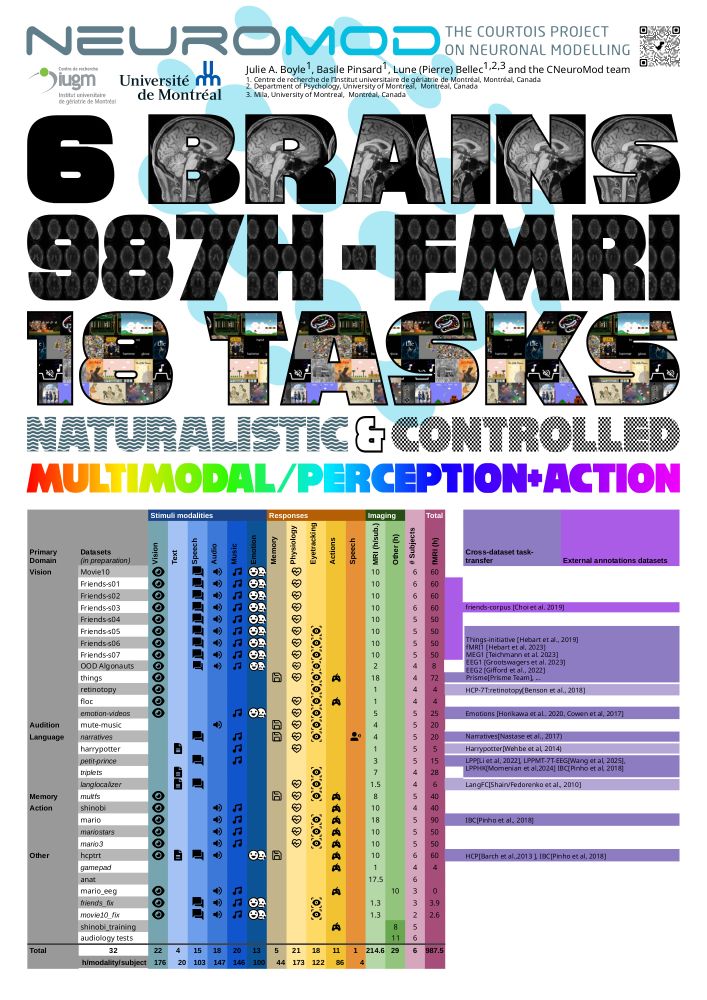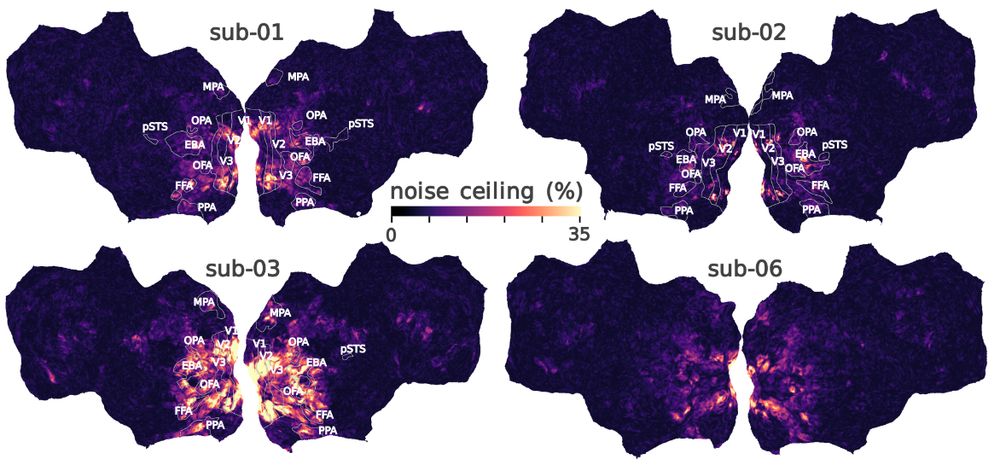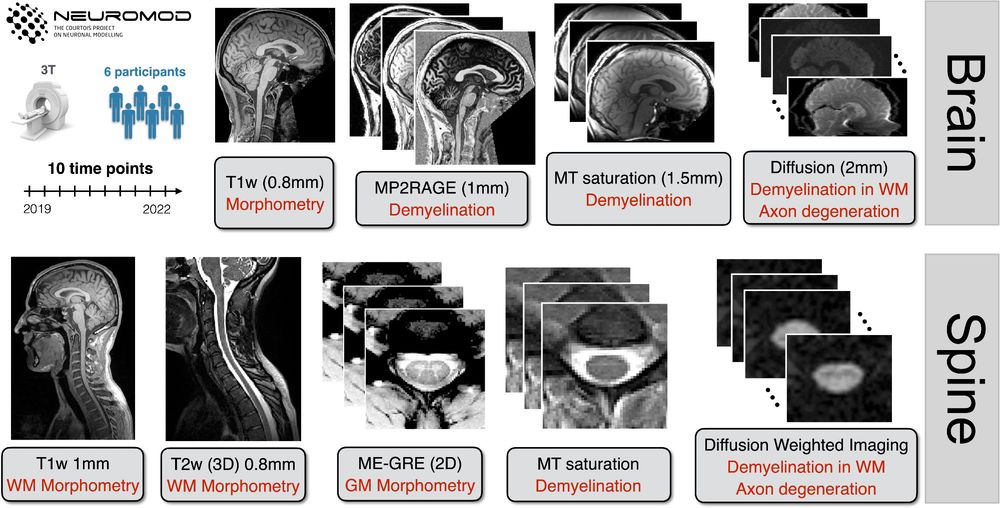Courtois Project on Neuronal Modelling
@cneuromod.ca
45 followers
14 following
10 posts
The Courtois project on Neural Modelling (cneuromod) aims at training artificial neural networks to mimic extensive experimental data on individual human brain activity and behaviour.
Posts
Media
Videos
Starter Packs
Reposted by Courtois Project on Neuronal Modelling
Reposted by Courtois Project on Neuronal Modelling
Reposted by Courtois Project on Neuronal Modelling
Reposted by Courtois Project on Neuronal Modelling
🌙 Lune Bellec
@lune-bellec.bsky.social
· Apr 21
Reposted by Courtois Project on Neuronal Modelling




